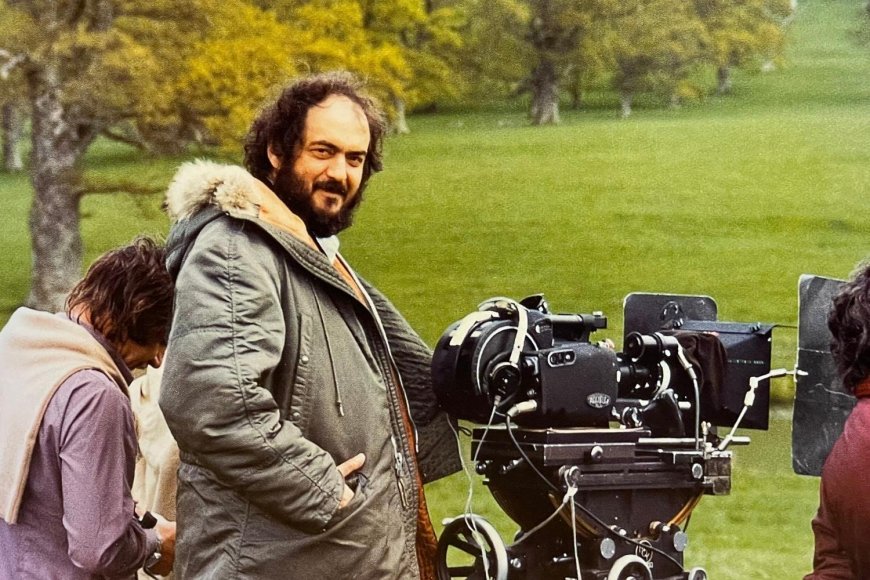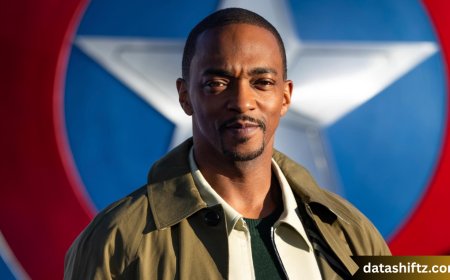Stanley Kubrick: A Cinematic Visionary Beyond Time

Introduction
Few filmmakers have left as deep and enduring an imprint on cinema as Stanley Kubrick. Renowned for his meticulous attention to detail, intellectual depth, and unflinching willingness to explore the darkest aspects of humanity, Kubrick is considered one of the greatest directors in film history. From the mind-bending science fiction of 2001: A Space Odyssey to the psychological horror of The Shining, Kubrick’s films continue to provoke, challenge, and inspire.
This blog explores the legacy of Stanley Kubrick, analyzing his career, techniques, filmography, and the enduring relevance of his work in modern cinema.
The Life and Career of Stanley Kubrick
Early Life and Entry into Film
Stanley Kubrick was born on July 26, 1928, in The Bronx, New York City. A bright student with a fascination for photography and chess, Kubrick began his career as a photojournalist for Look magazine. His passion for storytelling and visuals naturally transitioned into filmmaking in the early 1950s.
His first notable film, Killer’s Kiss (1955), attracted attention for its bold visual style. However, it was with Paths of Glory (1957) and Spartacus (1960) that Kubrick began establishing himself as a serious director.
Table: Key Milestones in Kubrick’s Career
| Year | Film Title | Genre | Significance |
|---|---|---|---|
| 1957 | Paths of Glory | War/Drama | Anti-war classic; introduced his signature style |
| 1968 | 2001: A Space Odyssey | Science Fiction | Revolutionized sci-fi cinema |
| 1971 | A Clockwork Orange | Dystopian/Drama | Controversial, stylized vision of the future |
| 1980 | The Shining | Horror | Redefined psychological horror |
| 1999 | Eyes Wide Shut | Erotic/Drama | Final film, released posthumously |
Kubrick’s Signature Style
Cinematic Techniques
Kubrick was known for several distinct cinematic techniques that became trademarks of his work:
-
Symmetrical Composition – Frames often centered on a vanishing point to convey order or psychological imbalance.
-
Long Tracking Shots – Used to immerse the viewer and build tension.
-
Natural and Practical Lighting – Especially in Barry Lyndon (1975), where he famously used candlelight for authenticity.
-
Slow Narrative Pacing – Often used to increase emotional or psychological impact.
List: Hallmarks of Kubrick’s Direction
-
Creative Control – Maintained near-complete control over every aspect of production.
-
Intellectual Themes – His films often explored free will, violence, technology, and existentialism.
-
Minimal Dialogue – Relied heavily on visuals, music, and atmosphere.
-
Perfectionism – Famously demanded hundreds of takes for a single scene.
-
Ambiguity – Rarely offered clear conclusions, inviting viewers to interpret.
Exploration of Genre and Philosophy
Science Fiction with 2001: A Space Odyssey
In 1968, Kubrick released 2001: A Space Odyssey, widely regarded as one of the most important films in history. Collaborating with author Arthur C. Clarke, Kubrick redefined the science fiction genre by focusing on philosophical questions about human evolution, artificial intelligence, and our place in the universe. The film's realistic depiction of space travel, use of classical music, and ambiguous narrative remain unmatched.
Violence and Society in A Clockwork Orange
Based on Anthony Burgess’s novel, A Clockwork Orange (1971) critiques the state’s role in controlling individual behavior. Kubrick’s use of stylized violence, surreal set design, and the fictional Nadsat language was groundbreaking and controversial, sparking debates on media influence and censorship.
Psychological Horror in The Shining
Arguably one of the greatest horror films ever made, The Shining (1980) combined psychological dread with supernatural elements. Kubrick’s methodical directing and Jack Nicholson’s iconic performance created an unsettling masterpiece that continues to influence filmmakers.
Kubrick’s Influence on Modern Filmmaking
Many contemporary directors cite Kubrick as a major influence, including Christopher Nolan, Steven Spielberg, Ridley Scott, and David Fincher. His obsessive approach to detail and emphasis on visual storytelling have become benchmarks in auteur cinema.
List: Filmmakers Influenced by Kubrick
-
Christopher Nolan – Inspired by Kubrick’s use of time, space, and visual symmetry.
-
Paul Thomas Anderson – Admired Kubrick’s technical precision and emotional distance.
-
Steven Spielberg – Close friend of Kubrick; completed A.I. Artificial Intelligence (2001) after Kubrick's death.
-
Martin Scorsese – Praised Kubrick’s bravery and originality in storytelling.
Personal Traits and Legacy
Kubrick was known to be reclusive, preferring to live and work in England, far from Hollywood. Despite his shyness, he maintained lifelong friendships with actors and collaborators, and his reputation for demanding perfection was balanced by his quiet sense of humor and intense curiosity.
He was a rare director who worked across multiple genres while maintaining a consistent thematic depth and visual language. Kubrick’s dedication to craft over commerce ensured that his films remain timeless.
Notable Quotes About Kubrick
| Individual | Quote |
|---|---|
| Steven Spielberg | “Nobody could shoot a movie like Stanley Kubrick.” |
| Martin Scorsese | “He was a giant. He changed the course of cinema.” |
| Arthur C. Clarke | “Stanley has the mind of a scientist and the soul of an artist.” |
| Jack Nicholson | “He had a way of getting performances you didn’t know you had.” |
Conclusion
Stanley Kubrick was more than just a director—he was a visionary whose works challenged, disturbed, and enlightened audiences. His meticulous approach, philosophical themes, and innovative visual techniques helped redefine what cinema could be. Even decades after his death in 1999, Kubrick’s influence is still felt across film, television, and visual storytelling.
For both cinephiles and casual moviegoers, understanding Kubrick’s work means recognizing the power of film not just to entertain, but to provoke thought and stir emotion. In a world saturated with formulaic content, Kubrick’s films remain pillars of originality and artistic courage.






























